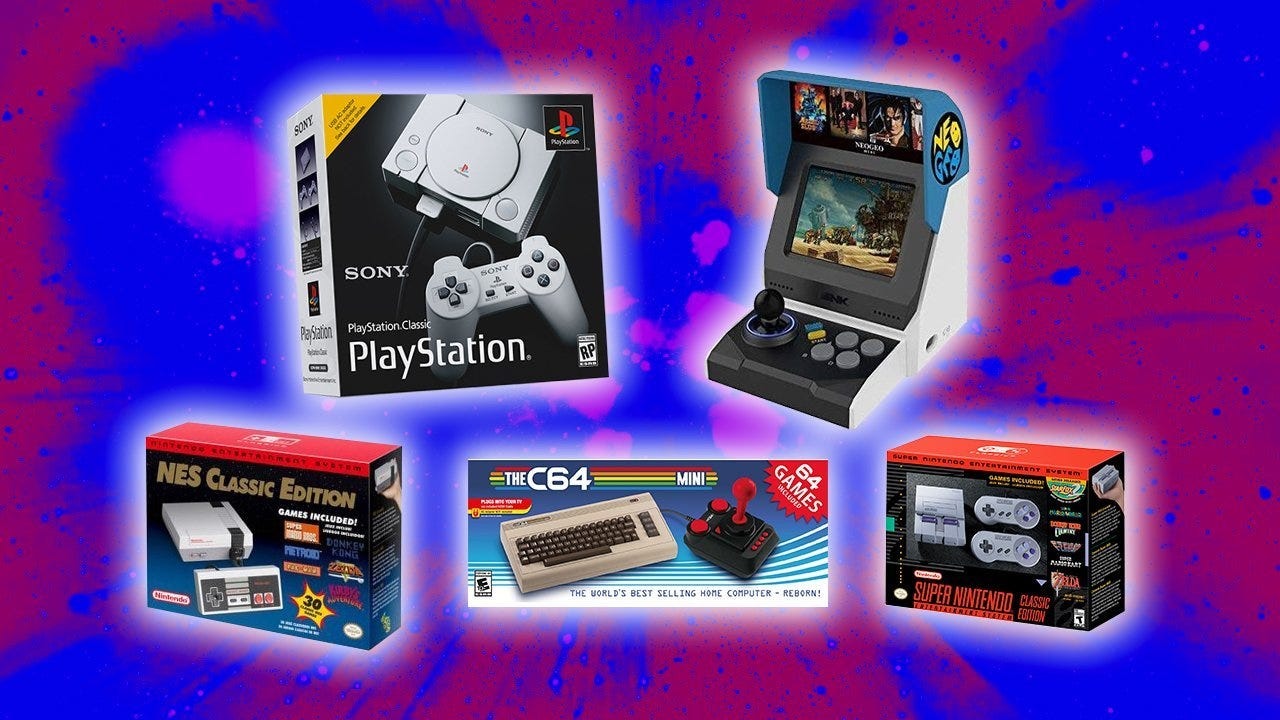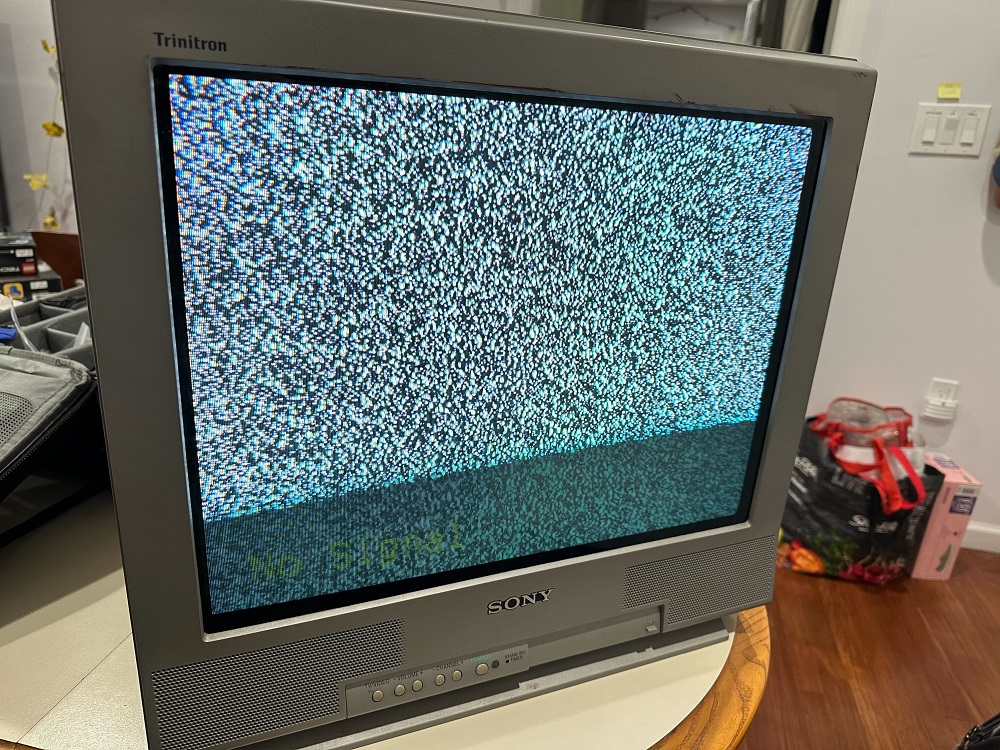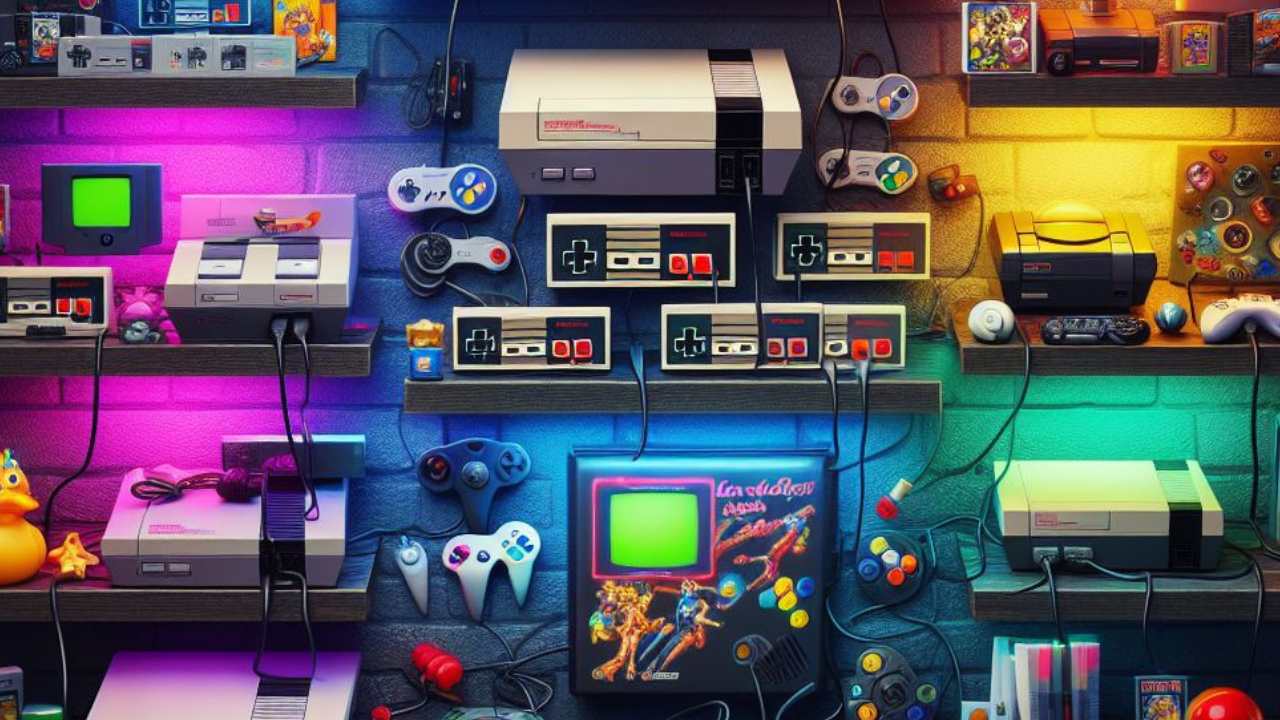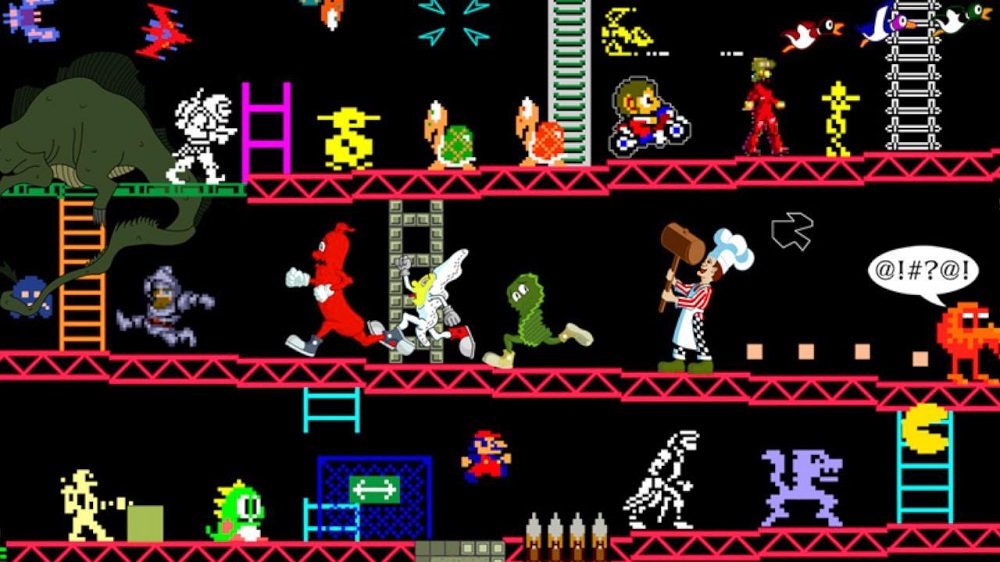In a world dominated by cloud gaming, digital libraries, and 4K remasters, the idea of revisiting decades-old consoles might sound quaint — yet mini consoles are thriving. These compact, plug-and-play versions of classic systems capture nostalgia while adapting to modern expectations.
From the NES Classic Edition to the Sega Genesis Mini and PlayStation Classic, mini consoles bridge generations, bringing retro gaming to new audiences. But beyond nostalgia, they serve a deeper purpose in preservation, accessibility, and cultural legacy.
At Oldies Nest, we explore why mini consoles still matter — and why they might be the future of retro gaming.
The Rise of Mini Consoles
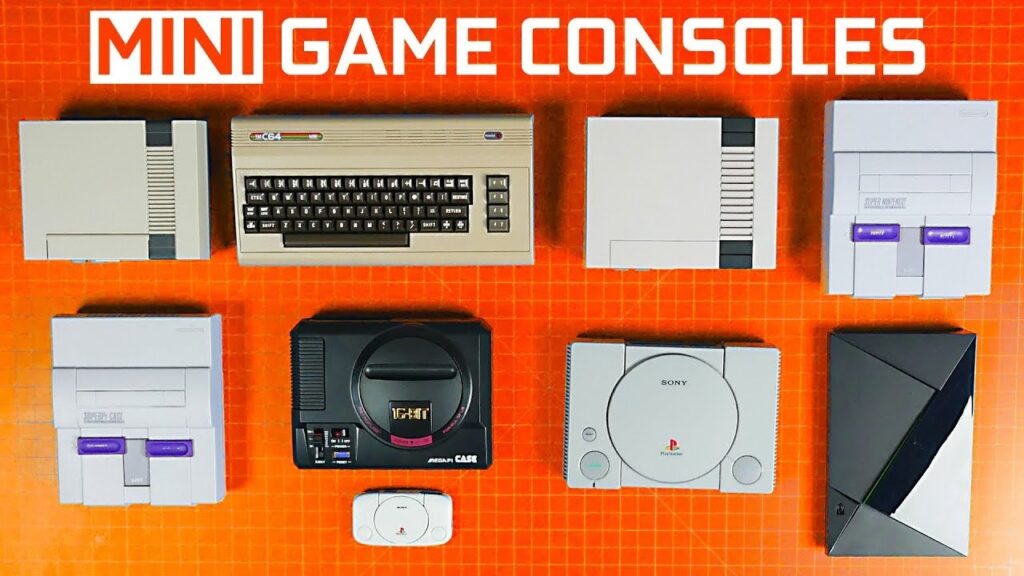
The trend began in earnest with Nintendo’s NES Classic Edition (2016).
- Instant Success: Sold out globally upon release.
- Plug-and-Play Convenience: HDMI output, preloaded games, and no cartridges.
- Design Charm: Perfect miniature replicas of the originals.
Soon, competitors followed — SNES Classic, PlayStation Classic, Sega Genesis Mini, and more. Each tapped into nostalgia while lowering the barrier to entry for new retro fans.
As we discussed in The Comeback of Retro Consoles: Mini Versions Reviewed, this resurgence proved there’s still huge demand for classic experiences.
Why Mini Consoles Captured Hearts

Mini consoles aren’t just nostalgia machines. They succeed because they balance:
- Authenticity: Faithful reproductions of original designs.
- Accessibility: Simple HDMI setup, no aging hardware.
- Curation: Carefully selected libraries of the best titles.
- Affordability: Lower prices than collecting the originals.
For many, it’s a way to revisit childhood memories without the hassle of sourcing old hardware.
Modern Features, Retro Feel
Mini consoles blend vintage charm with modern convenience.
- HDMI Output: Compatible with modern TVs.
- Save States: No more restarting from scratch.
- Compact Design: Easy to display or carry.
- USB Power: No bulky power bricks.
Some systems even allow unofficial modifications, letting enthusiasts expand libraries while still using authentic hardware interfaces.
This hybrid experience is part of what makes them so appealing to both new gamers and seasoned collectors.
Preserving Gaming History
Mini consoles play a crucial role in preserving digital heritage.
- Archival Value: Official re-releases keep classic games legally accessible.
- Developer Recognition: Credits and retrospectives give creators new exposure.
- Education: Younger gamers can experience early design philosophies firsthand.
This ties into the larger mission explored in Retro Game Preservation: Why It Matters. Mini consoles ensure that gaming’s early history isn’t lost to time or obscurity.
The Collector’s Angle: Mini Consoles as Modern Artifacts
For collectors, mini consoles offer a unique opportunity:
- Display Appeal: Their small, detailed designs look great on shelves.
- Affordability: Accessible entry points for fans priced out of vintage hardware.
- Limited Editions: Some releases, like the Mega Drive Mini II or PC Engine Mini, already fetch high resale prices.
These compact systems have quickly joined the ranks of collectible retro hardware, appealing to enthusiasts who value both design and preservation.
Expanding the Library: Hacking and Homebrew
One of the most interesting subcultures around mini consoles involves homebrew and modding communities.
- Expanded Libraries: Users can add new ROMs and fan translations.
- Custom Interfaces: Themes and emulators for other systems.
- Preservation Role: Keeps discontinued games alive and accessible.
This mirrors the dedication of the homebrew development scene — passionate fans pushing hardware beyond official limits.
Comparing Mini Consoles: Not All Are Created Equal
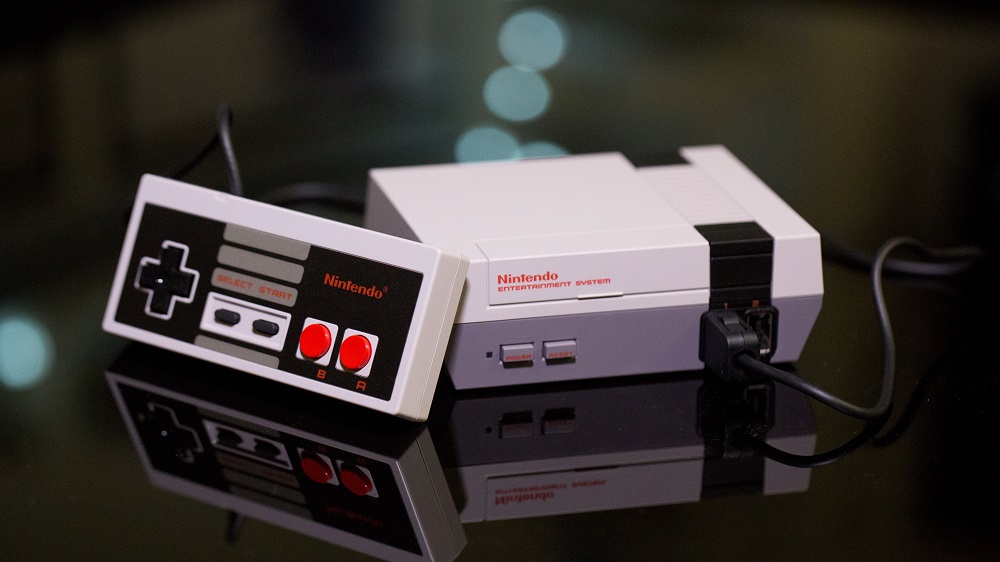
| Mini Console | Release Year | Preloaded Games | Standout Feature | Community Reception |
|---|---|---|---|---|
| NES Classic Edition | 2016 | 30 | Iconic design, nostalgia hit | Overwhelmingly positive |
| SNES Classic Edition | 2017 | 21 | Perfect lineup, smooth emulation | Considered the gold standard |
| PlayStation Classic | 2018 | 20 | Mixed game selection | Lukewarm reception |
| Sega Genesis Mini | 2019 | 42 | Diverse library, great emulation | Fan favorite |
| TurboGrafx-16 Mini | 2020 | 57 | Deep library, niche appeal |
The key takeaway? Curation and authenticity make or break a mini console’s legacy.
The Educational and Social Impact
Mini consoles have also become powerful teaching tools.
- Game Design Education: Demonstrate how simple mechanics can drive engagement.
- Family Connection: Parents share classic games with kids.
- Cultural Preservation: Helps new generations understand the evolution of play.
These systems act as bridges across generations, keeping gaming’s history alive in living rooms worldwide.
Why Mini Consoles Still Matter in 2025
Even as streaming and emulation evolve, mini consoles remain relevant because they offer:
- Tangible Ownership: A physical link to gaming’s past.
- Legal Access: Play classics without piracy concerns.
- Cultural Continuity: Keeping iconic consoles visible in a digital age.
They prove that retro gaming isn’t just nostalgia — it’s cultural preservation wrapped in a sleek, modern package.
Collector’s Perspective in 2025
By 2025, mini consoles occupy a fascinating middle ground:
- Affordable Collectibles: Great for newcomers to retro collecting.
- Appreciating Assets: Limited-run models are increasing in value.
- Community Integration: Fans swap tips, mods, and restoration ideas.
They embody the philosophy behind Collecting Retro Consoles on a Budget — accessible, meaningful, and deeply nostalgic.
Conclusion: Small Consoles, Big Legacy
Mini consoles aren’t just cute novelties; they’re living testaments to gaming’s history. By combining authenticity with accessibility, they ensure that the joy of classic gaming can be experienced by anyone — without cables, cartridges, or costly hardware.
From the iconic NES Classic to niche releases like the TurboGrafx-16 Mini, these devices prove that retro gaming still has a bright future — one that fits neatly in the palm of your hand.
